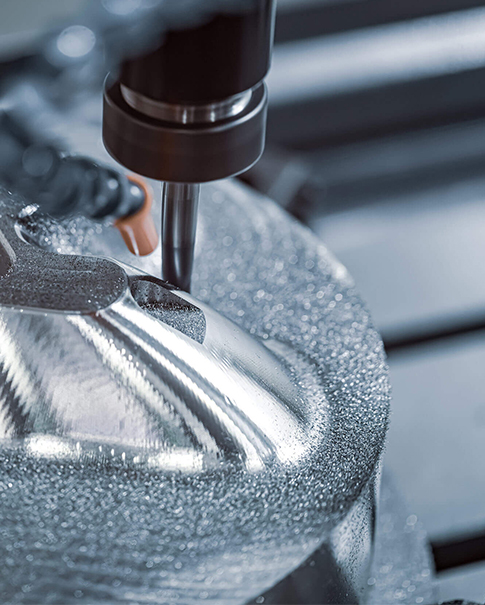
Metallographic microscope is used to identify and analyze the organization structure of various metals, alloy materials and non-metallic materials. It is widely used in factories or laboratories for raw material inspection; casting quality identification or metallographic analysis after material treatment; and surface cracks The research work on some surface phenomena such as spraying and spraying is the metallographic analysis of steel, non-ferrous metal materials, castings, and coatings; the petrographic analysis of geology; and the effective means of microscopic research on compounds and ceramics in the industrial field. It is an indispensable instrument for studying the organization and structure of materials in materials science, and it is also a powerful assistant in the field of scientific research and teaching.
4XC Image analysis metallographic microscope
| Main functions and features: |
◇The instrument is equipped with a CCD camera system, which can collect metallographic maps in real time, which is convenient for multiple people to observe, compare, analyze and research on site, and carry out calibration comparison, rating and fixed-time printing;
◇Equipped with a high-definition image capture card, it is convenient to synchronize the focus of the microscope and collect microscopic images in real time on the display;
◇The images can be processed, edited, saved and output (such as printing, etc.) by the computer or entered into the multimedia system and e-mail;
◇The system is also equipped with professional quantitative metallographic image analysis computer operating system software to perform real-time measurement, rating (in compliance with national standards and other relevant industry standards), analysis, statistics and output graphic reports on the collected sample maps;
◇The system is scientifically configured and easy to operate. It is widely used in enterprises and institutions such as industrial and mining, quality inspection, scientific research and teaching.
| Technical parameter: |
1. Structure: converted trinocular lens tube Inclination 30 ° Interpupillary distance and diopter adjustable 4 Objective lens converter
2. Total magnification: Microscope 100×~1000×
3. Double-layer mechanical stage: 200 × 152 mm, moving range 15 × 15 mm
4. Focusing mechanism: Coaxial coarse and fine movement limit protection Lifting range 30 mm, fine adjustment 0.002 mm
5. Coaxial reflective lighting system: adjustable brightness halogen lamp 20W/6V with color filter (yellow, green, blue)
6. Object, eyepiece and magnification: standard configuration (other magnification objects and eyepieces can be selected)
|
Plan achromatic objective lens PL (where PLL is long working distance) |
Eyepiece PL10× |
|
||||
|
Magnification |
Numerical aperture |
system |
Field of view diameter (mm) |
Working distance (mm) |
Total magnification |
|
|
PL 10× |
0.25 |
Dry |
1.80 |
8.90 |
100× |
|
|
PLL20× |
0.40 |
0.90 |
3.76 |
200× |
||
|
PLL40× |
0.65 |
0.45 |
2.69 |
400× |
||
|
PL100× |
1.25 |
Oil |
0.17 |
0.44 |
1000× |
|
Tags :